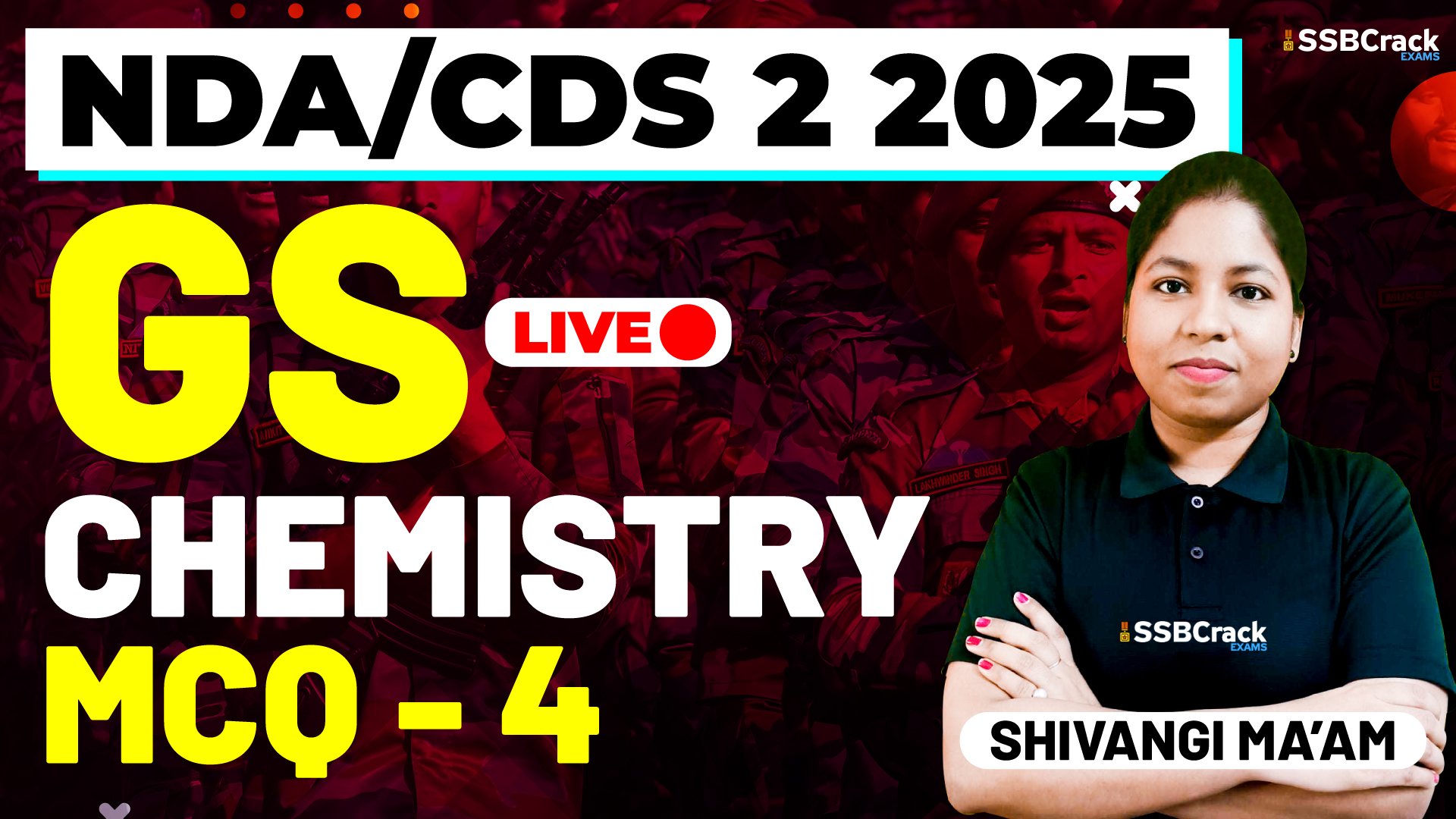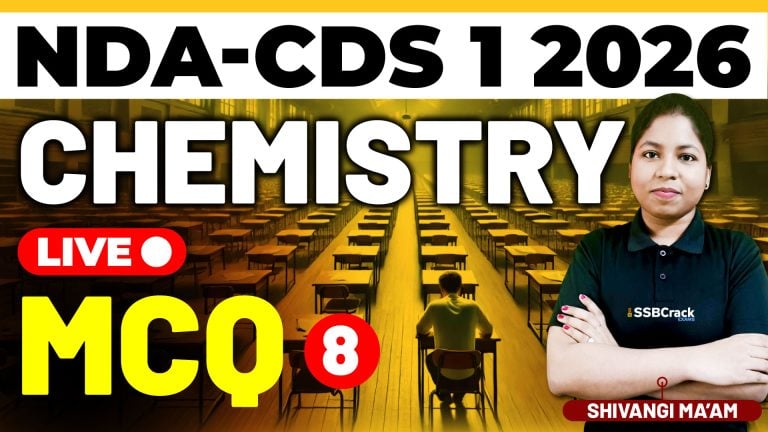Introduction
Polymers and redox reactions are two essential topics in chemistry with wide-ranging applications in both academic and practical fields. For NDA/CDS aspirants, understanding these topics not only helps in solving MCQs but also builds a solid foundation for various science-based applications in defense and engineering. Polymers are large molecules composed of repeating structural units, while redox (reduction-oxidation) reactions involve the transfer of electrons between chemical species.
Polymers
Polymers are macromolecules formed by the repeated linking of smaller units called monomers through chemical bonds. They can be natural, like proteins and cellulose, or synthetic, like plastic and nylon. Based on their origin, polymers are classified into natural and synthetic polymers. Based on the type of monomer used, they are categorized as homopolymers (same monomer) and copolymers (different monomers). Depending on their thermal behavior, polymers are also classified into thermoplastics and thermosetting polymers.
Polymers play a vital role in daily life — from packaging materials and clothing to aerospace and biomedical devices. Common synthetic polymers include polyethylene, polypropylene, polystyrene, and polyvinyl chloride (PVC). Polymerization reactions, such as addition and condensation polymerization, are used to create different types of polymers based on the nature of the monomers and conditions applied.
Redox Reactions
Redox reactions are chemical reactions involving the transfer of electrons between two species. They include two simultaneous processes: oxidation (loss of electrons) and reduction (gain of electrons). The substance that loses electrons is oxidized, while the one that gains electrons is reduced. Redox reactions are fundamental in both biological processes (like cellular respiration) and industrial applications (such as electroplating and corrosion prevention).
Redox reactions are identified through changes in oxidation numbers. For instance, in the reaction between hydrogen and oxygen to form water, hydrogen is oxidized (its oxidation number increases), and oxygen is reduced (its oxidation number decreases). These reactions are also central to electrochemical cells like galvanic and electrolytic cells, where chemical energy is converted into electrical energy and vice versa.
Conclusion
In summary, polymers and redox reactions are foundational topics that bridge theory with real-world applications. Polymers revolutionize materials science, while redox reactions are at the core of energy transformations and biochemical processes. A solid understanding of these concepts equips NDA and CDS aspirants to approach related MCQs with confidence and develop a deeper appreciation for the chemical processes shaping the world around them.



















